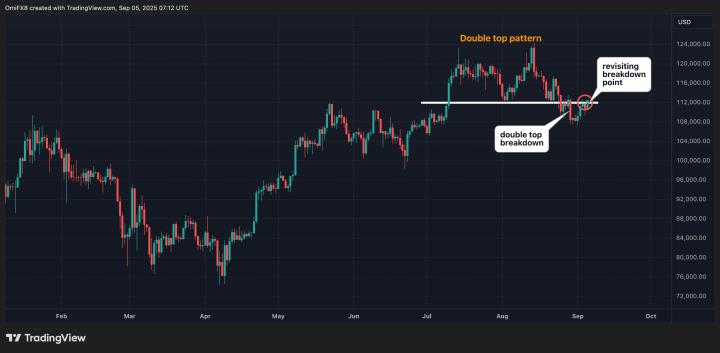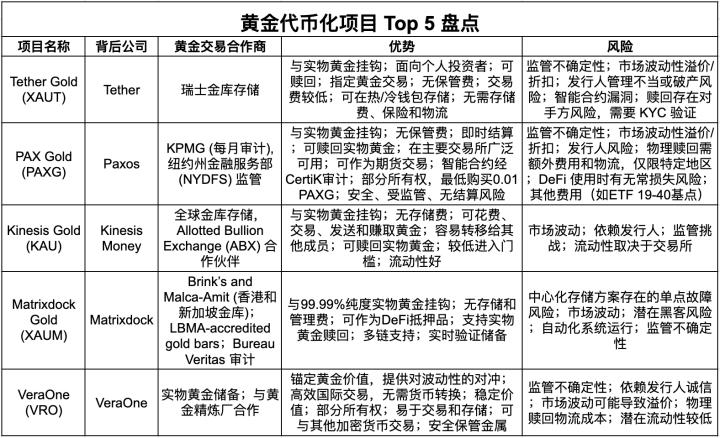An on-chain “whale” spent $2 million to buy 7.4 million WLFI three days ago and now records an impermanent loss of over $650,000.
According to on-chain monitoring data from Lookonchain, this large purchase is currently in a floating loss state; the development may reflect a price chasing strategy or portfolio restructuring by the large investor.
- Transaction: USD 2 million to buy 7.4 million WLFI.
- Status: floating loss of over USD 650,000 according to on-chain data.
- Meaning: reflects the risk and potential impact on liquidation, WLFI market sentiment.
Whale transaction details
The transaction recorded a purchase of 7.4 million WLFI with a total value of approximately USD 2 million, made three days ago and currently has a floating loss of more than USD 650,000 according to on-chain monitoring data.
The figure shows that this is a significant position compared to the Medium volume of the Token. Large investors can suffer temporary losses if the price drops after buying, or will recover if there is further buying flow or good news supporting the price.
Potential Impact on WLFI Price
Whale trading can affect short-term liquidation and create price volatility, but does not guarantee a change in the long-term trend of WLFI.
If whales continue to buy more, it may push the price up due to demand pressure; conversely, if they sell to cut losses, supply pressure may push the price down. Investors should monitor volume, Order Book , and related news to assess developments.
Implications for individual investors
Large trades show the risk of copying whale action; the loss is the unrealized floating loss until the position is closed.
Investors need to consider risk management, allocate Capital appropriately, and not rely solely on the actions of a single whale to make investment decisions. Monitoring on-chain data and liquidation will help assess the level of risk.
Can this transaction affect the price of WLFI?
Yes, large trades can create short-term volatility by changing the supply-demand balance and liquidation, but do not determine the long-term trend.
What is a floating hole?
Floating loss is the calculated loss based on the current price compared to the purchase price; it only becomes an actual loss when the position is closed and the sell order is executed.
Can data from Lookonchain be used for decision making?
on-chain data like Lookonchain provides public transaction information, which is useful for reference, but is not a substitute for comprehensive risk analysis and investment strategy.








